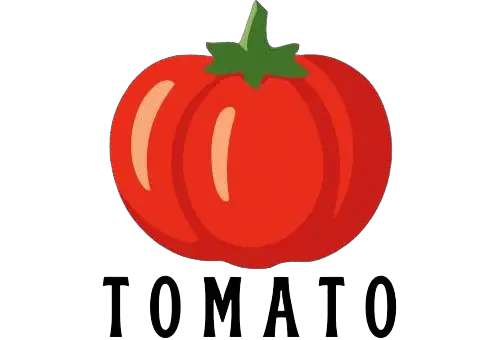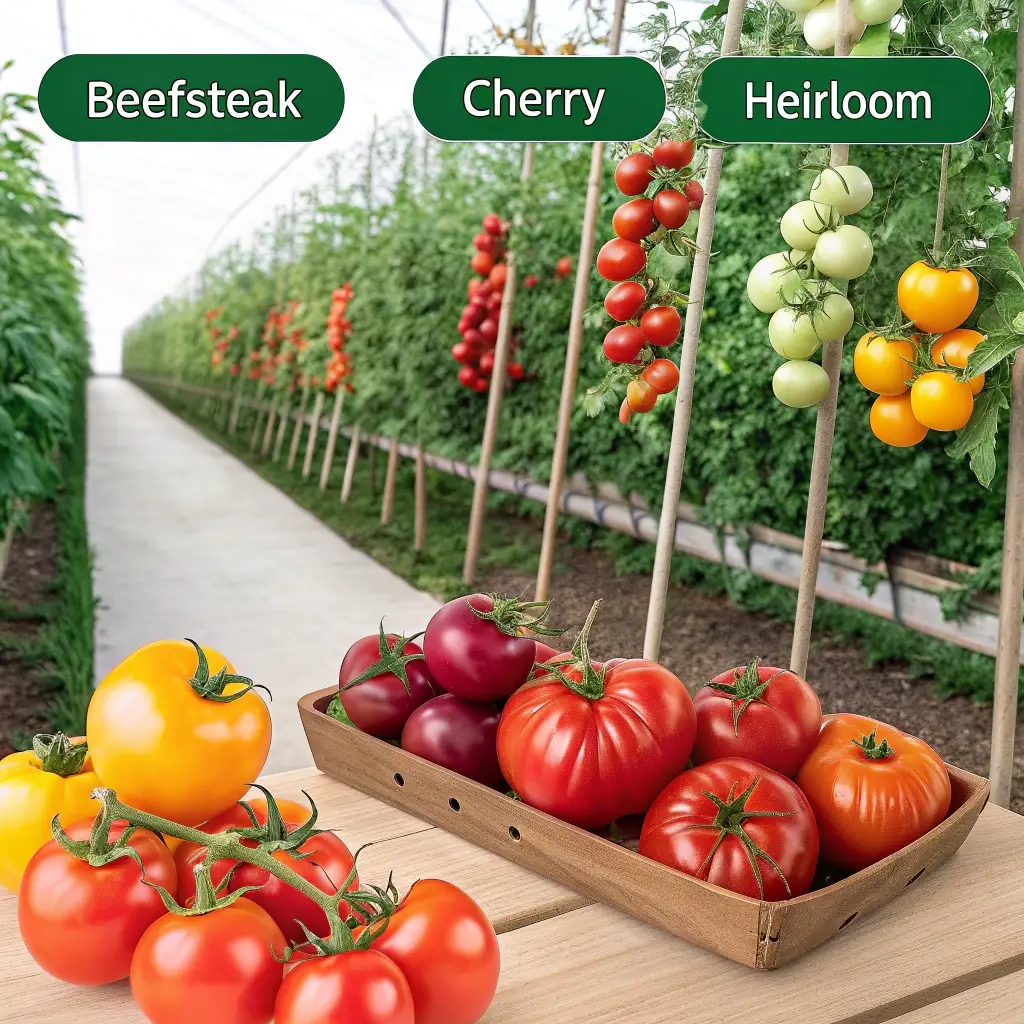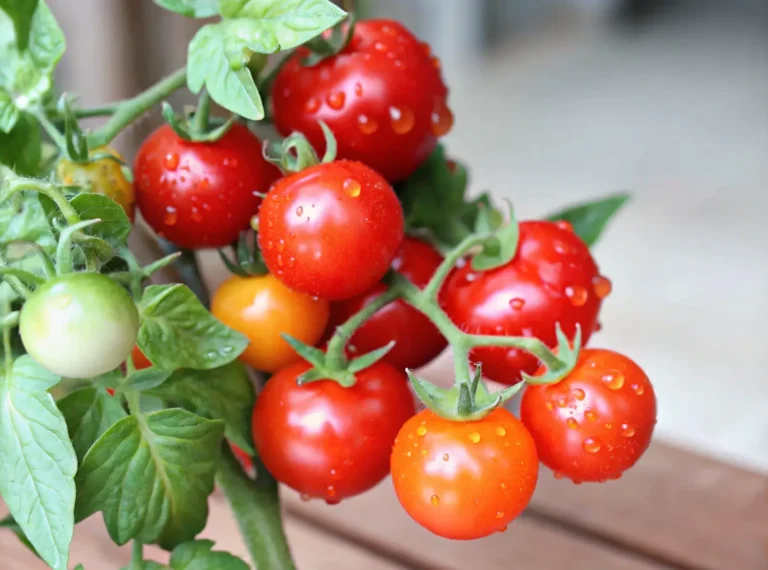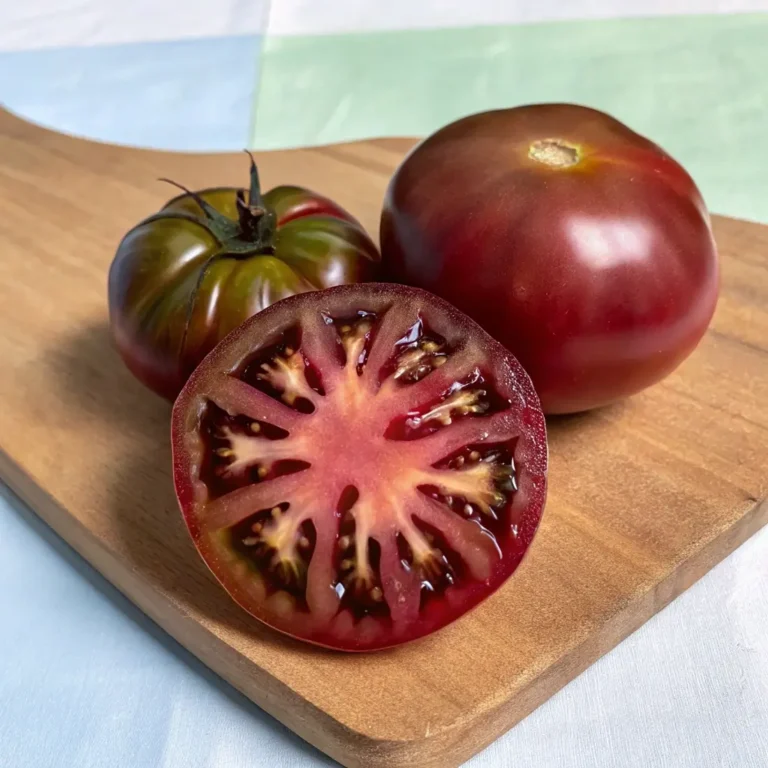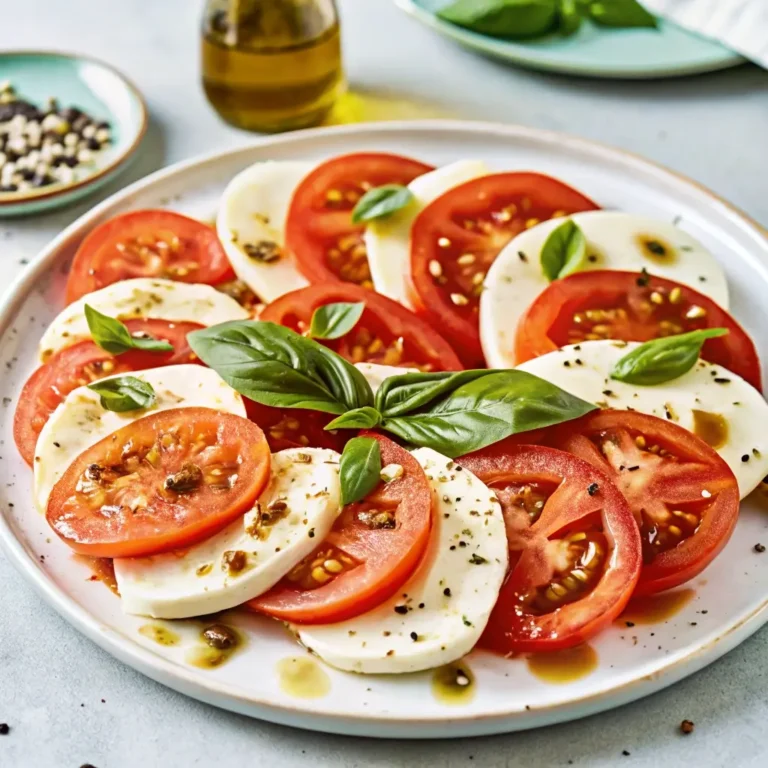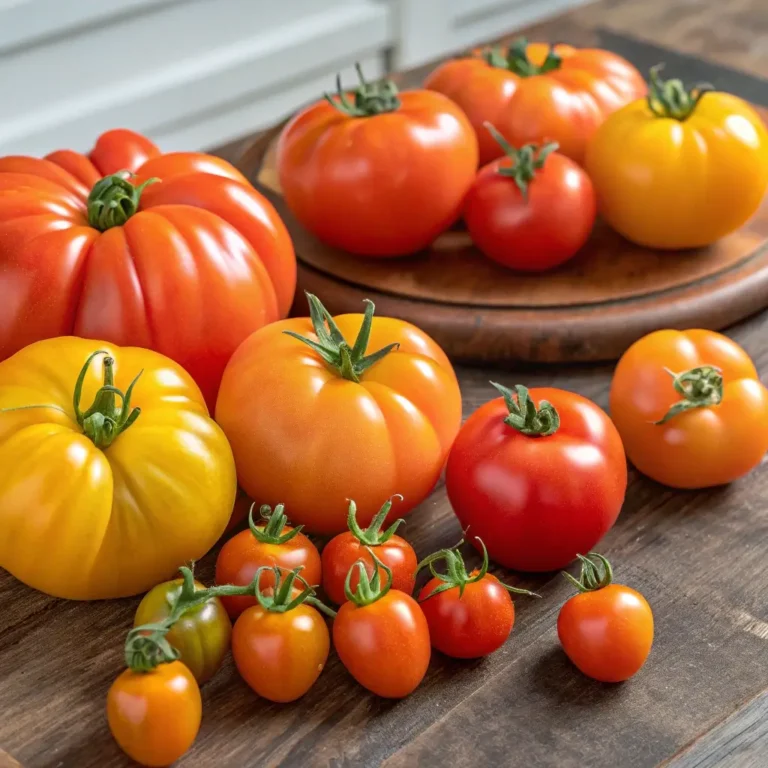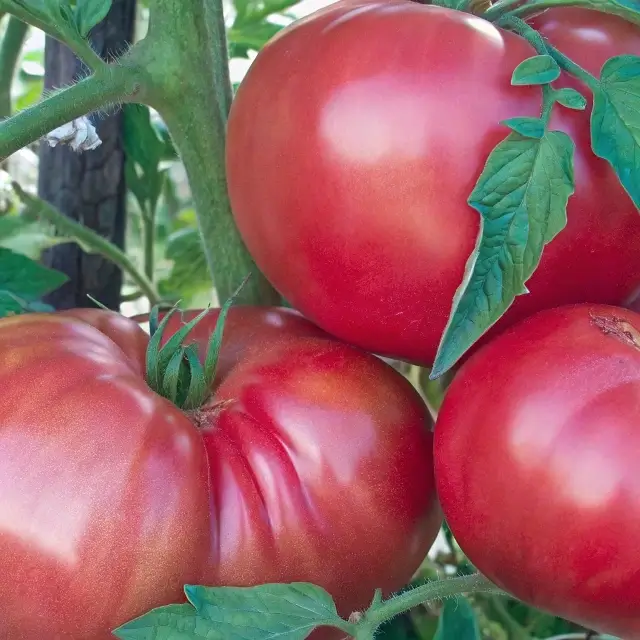The 7 Best All-Purpose Tomato Varieties for Your Home Garden
Table of Contents
Introduction
Did you know that 85% of home gardeners rank tomatoes as their #1 crop, yet nearly half struggle to choose varieties that perform well across multiple culinary uses? Whether you’re a seasoned green thumb or a gardening novice, selecting the right all-purpose tomato varieties can make the difference between a disappointing harvest and a bountiful, versatile crop that satisfies everything from fresh salads to hearty sauces. The 7 Best All-Purpose Tomato Varieties for Your Home Garden offers a curated selection of tomatoes that excel in flavor, disease resistance, and culinary versatility, regardless of your growing conditions or gardening experience.
What Makes a Tomato “All-Purpose”?
All-purpose tomato varieties must excel in three key areas: flavor profile (balanced sweetness and acidity), texture stability (firm enough for slicing yet easily breakable when cooked), and versatility (suitable for both fresh consumption and cooking). The ideal candidates also offer good disease resistance, reasonable growing periods, and adaptability to various climate conditions.
The 7 Best All-Purpose Tomato Varieties
1. Roma (San Marzano)
Growing Difficulty: Easy
Days to Maturity: 75-80 days
Flavor Profile: Rich, tangy, low acidity
Best Uses: Sauce, canning, roasting, fresh eating
Roma tomatoes are the workhorse of the tomato world with 22% higher solids content than most varieties, making them ideal for sauce production while still delivering excellent fresh-eating quality. Their determinate growth habit means they’ll provide a concentrated harvest – perfect for food preservation projects.
2. Celebrity
Growing Difficulty: Easy-moderate
Days to Maturity: 70-75 days
Flavor Profile: Well-balanced, classic tomato flavor
Best Uses: Slicing, salads, canning, sauce
Celebrity has earned its name through exceptional reliability, offering resistance to 10 common tomato diseases. This semi-determinate variety produces medium-large fruits with the perfect balance of firmness and juiciness, making them truly all-purpose performers that consistently rank in the top 15% for flavor in blind taste tests.
3. Brandywine
Growing Difficulty: Moderate
Days to Maturity: 80-100 days
Flavor Profile: Complex, sweet, rich, slightly smoky
Best Uses: Fresh eating, sandwiches, light sauces
Though requiring a bit more care, Brandywine rewards gardeners with fruits containing 30% more sugar and acid compounds than typical tomatoes, creating an unmatched flavor complexity. These large, beefsteak-type heirlooms may take longer to mature, but their versatility in both raw and lightly cooked applications justifies their place in any garden.
4. Early Girl
Growing Difficulty: Easy
Days to Maturity: 50-60 days
Flavor Profile: Balanced, classic, bright acidity
Best Uses: Fresh eating, roasting, quick sauces
For gardeners in shorter growing seasons, Early Girl delivers harvestable fruits up to 3 weeks before most varieties while maintaining excellent all-purpose characteristics. Research shows these indeterminate plants can produce up to 300% more yield when grown using dry-farming techniques, intensifying their already versatile flavor profile.
5. Sun Gold
Growing Difficulty: Easy
Days to Maturity: 57-65 days
Flavor Profile: Intensely sweet, tropical notes
Best Uses: Fresh eating, salads, roasting, preserves
While cherry tomatoes aren’t typically considered all-purpose, Sun Gold breaks the mold with its incredible versatility. These fruits contain twice the lycopene of typical red tomatoes and transform when roasted, developing caramelized flavor notes that work beautifully in sauces, preserves, and countless other applications.
6. Better Boy
Growing Difficulty: Easy
Days to Maturity: 70-75 days
Flavor Profile: Rich, balanced, classic tomato flavor
Best Uses: Slicing, canning, sauce, roasting
Better Boy consistently produces fruits with the ideal pH balance (4.2-4.4) for both fresh eating and safe canning. This indeterminate variety offers impressive disease resistance while producing uniform, crack-resistant fruits that maintain texture integrity in virtually any culinary application.
7. Cherokee Purple
Growing Difficulty: Moderate
Days to Maturity: 80-90 days
Flavor Profile: Sweet, rich, smoky, wine-like
Best Uses: Fresh eating, sandwiches, sauces, roasting
This heritage variety brings unmatched depth of flavor with 15% higher umami compounds than standard tomatoes. While primarily celebrated for fresh eating, Cherokee Purple’s complex flavor profile actually intensifies when cooked, making it surprisingly versatile for an heirloom variety.
Growing Conditions for Success
For optimal results with these versatile varieties:
- Soil: Aim for slightly acidic pH (6.0-6.8) with 5-8% organic matter
- Sunlight: Minimum 6-8 hours of direct sunlight daily
- Spacing: Allow 18-36 inches between plants, depending on variety
- Watering: Consistent moisture (1-2 inches weekly) with occasional deep watering
- Support: Provide cages or stakes for indeterminate varieties
Common Mistakes to Avoid
- Inconsistent watering: Fluctuating moisture levels cause 75% of texture issues, including cracking and blossom end rot
- Overcrowding: Proper spacing improves air circulation, reducing disease incidence by up to 40%
- Late fertilizing: High-nitrogen feeds applied after flowering can reduce fruit set by 25%
- Ignoring rotation: Planting tomatoes in the same location annually increases disease risk by 60%
- Harvesting too late: Picking at peak ripeness (rather than overripe) extends shelf life by 3-5 days
Seed Starting and Transplanting Tips
Start seeds indoors 6-8 weeks before your last frost date. Transplant when soil temperatures reach 60°F (16°C) consistently, setting plants slightly deeper than their nursery depth to encourage additional root development. Data shows that plants hardened off properly for 7-10 days have a 30% higher survival rate.
Conclusion
These seven all-purpose tomato varieties represent the perfect balance of flavor versatility, growing reliability, and culinary adaptability. By incorporating a selection of these varieties into your garden plan, you’ll ensure a harvest that transitions seamlessly from salad bowl to sauce pot. Remember that regional climate conditions may influence performance, so consider starting with 2-3 varieties from this list to determine which best suits your specific growing environment and culinary preferences.
FAQs
Q: Can I grow these tomato varieties in containers?
A: Yes! Celebrity, Early Girl, and Sun Gold perform particularly well in containers (minimum 5-gallon size). Ensure adequate drainage and consistent watering, as container-grown tomatoes typically require 25% more frequent irrigation.
Q: Are these varieties suitable for organic growing methods?
A: Absolutely. All seven varieties respond exceptionally well to organic cultivation. Research indicates that organically grown tomatoes often develop 20-40% higher concentrations of flavor compounds compared to conventionally grown counterparts.
Q: How do I save seeds from these varieties?
A: The heirloom varieties (Brandywine, Cherokee Purple) and open-pollinated types will grow true from saved seeds. Ferment ripe tomato seeds in water for 2-3 days, rinse thoroughly, and dry completely before storing in a cool, dark place for up to 4 years with 80% germination rates.
Q: Which variety has the highest yield potential?
A: Better Boy consistently produces the highest yields, with record harvests exceeding 340 pounds from a single plant. For smaller spaces, Sun Gold offers exceptional productivity, with each plant capable of producing 250-300 fruits over a growing season.
